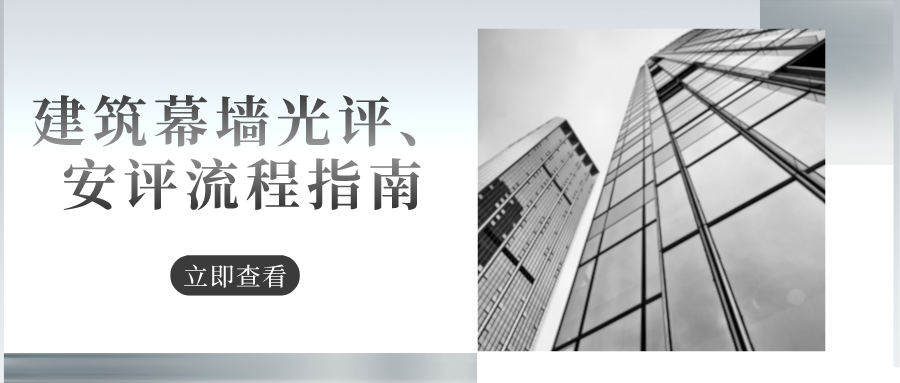With the development of building technology and the improvement of architects' design concept, more and more new materials are applied to the decoration of building skin. In the field of stone curtain wall, in addition to the traditional range of granite, cave stone and sandstone are also gradually applied to the building curtain wall in a large area.
Cave stone and sandstone are sedimentary rocks with low strength, high water absorption and poor weather resistance, which are not ideal materials for stone curtain wall panels, but they are more and more popular because of their unique texture, color and style. Therefore, how to select these cave stones and sandstone panels to ensure maximum safety is a problem that must be treated with caution.

Cave stone and sandstone

1. Cave stone
Cave stone is a trade name, the scientific name is travertine, the English name is Travertine, which belongs to continental sedimentary rock and is a kind of calcium carbonate sediment. Carbonate minerals are also called cave stones because of the presence of gas in the process of deposition and the formation of many holes.
Because the natural cave stone is composed of limestone, its color variety is similar to that of limestone, but because of the different composition conditions, the cave stone will be more colorful than limestone, and the color will be more gorgeous. Cave stone is generally divided into white cave stone and beige cave stone, which are usually gray, beige, beige, yellow, golden yellow, brown, coffee, light red, maroon and other colors; the hole diameter and distribution density are related to the stone type and origin, and their common characteristics are low strength, loose texture, easy water accumulation in the hole content, poor freeze-thaw resistance and weather resistance. For some cave stones with very low strength, the processed stone slabs are broken and broken even during transportation.
The true density of the cave stone itself is relatively high, but because of the existence of a large number of holes, its volume density is low, water absorption increases, and strength decreases, so the physical properties of the cave stone are lower than the normal marble standard. At the same time, there are a large number of natural defects such as texture, clay lines, clay bands, cracks and so on, which lead to the poor uniformity of the performance of this material.
The color of cave stone used in architecture is mostly beige, which makes people feel mild, rich in texture and clear in stripes. It originates from nature, but transcends nature, making the decorated buildings often have strong cultural and historical charm, so it is used by many buildings in the world. The commonly used cave stones in architecture are those in Rome, Italy, Iran and Turkey. Roman cave stone is darker in color, more obvious in texture and better in material quality. The famous architect I. M. Pei acted as the design consultant and the American Pei's Architects (PPA) presided over the design. The Bank of China Building at Xidan intersection in Beijing, which was once called "the final work" by I. M. Pei, was decorated with Italian Roman cave stones.
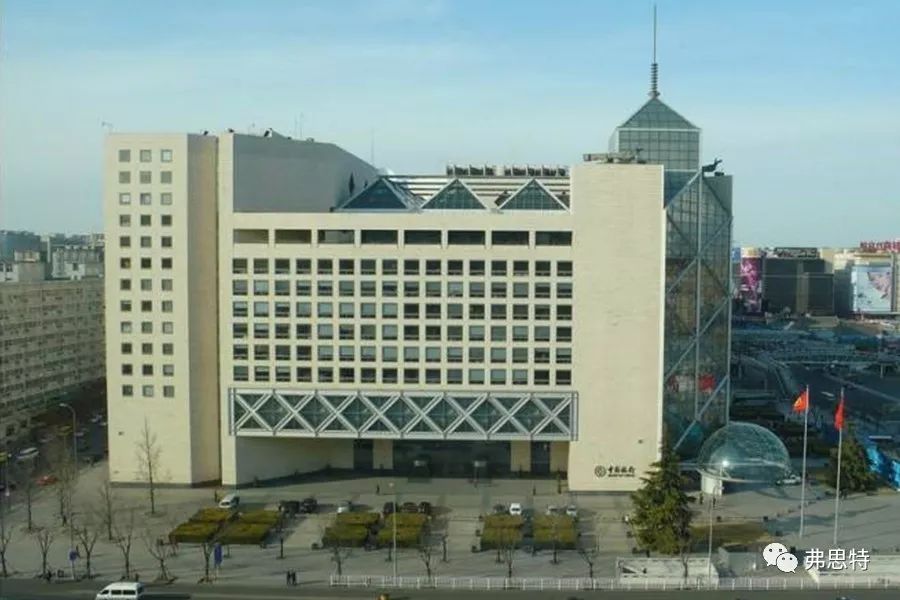
Bank of China, Beijing
Turkish cave stone is light in color, crisp in texture and poor in strength.
Travertine can be polished and has obvious texture characteristics. Its bending strength is anisotropic. The bending strength in the direction perpendicular to the texture (strong direction) is about 6 MPa, and some exceed 7 MPa. The bending strength in the direction parallel to the texture (weak direction) is about 4 MPa.
No matter what kind of cave stone, its physical property index is lower than the normal marble standard. At first, the test data of this kind of stone in our country were given according to the Test Method for Natural Stone (GB/T9966) for the reference of design, construction, production and developers. In 2005, China implemented the mandatory Dry-hanging Facing Building Stone and Fixing Metal Systems (JC 830), in which the physical performance technical indicators of dry-hanging limestone are stipulated, and the physical performance technical indicators of limestone are generally used to judge the cave stone.
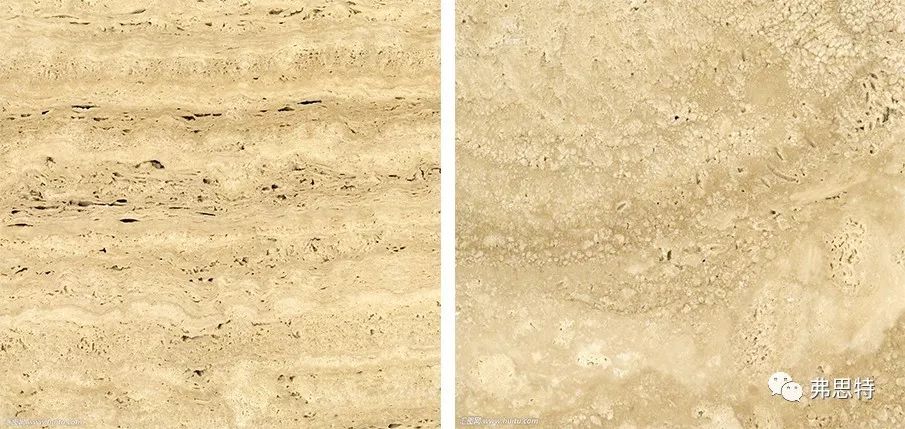
Roman cave stone
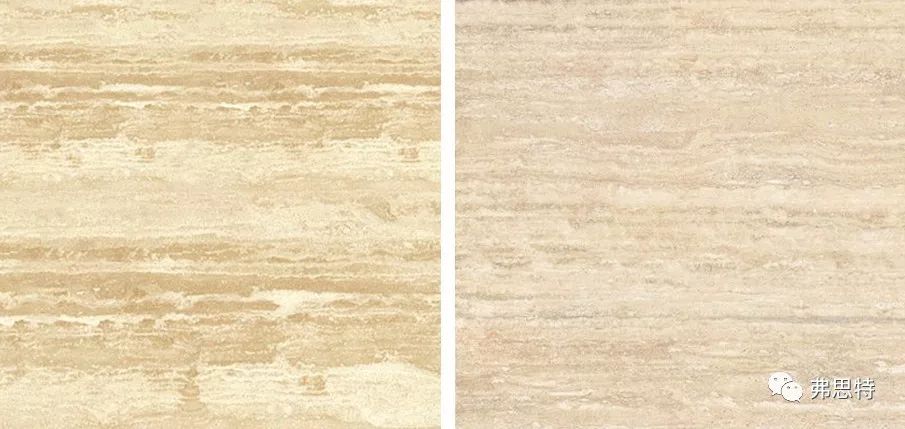
Turkish cave stone
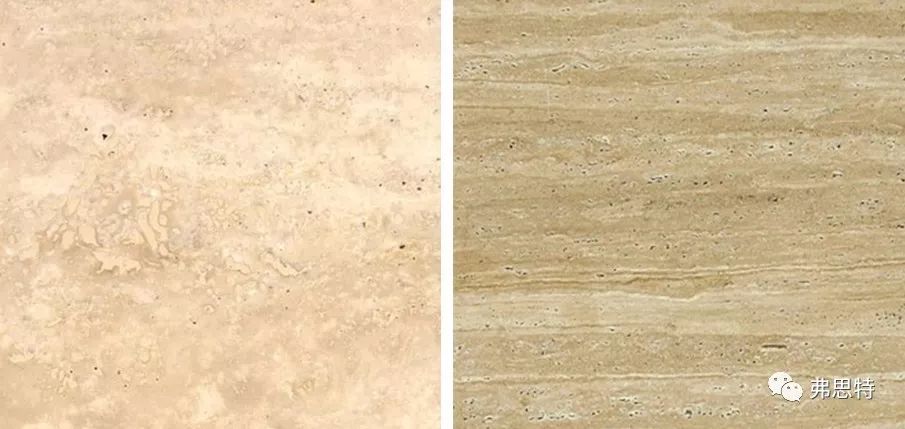
Iranian white cave stone Yellow Cave Stone, Iran
2. Sandstone
Sandstone belongs to sedimentary rock, and its foreign name is sandstone. Sandstone is formed by stone particles deposited on the riverbed through water erosion, which has become solid after thousands of years of accumulation, and then formed today's mines due to the movement of the earth's crust. The particle diameter is 0.05-2mm, in which the sand content is more than 50%, the structure is stable, and the surface is coarse and fine granular; most of the sandstone is composed of quartz or feldspar, containing silicon, calcium, clay and iron oxide, and the color is usually light brown or red.
Natural sandstone is divided into marine sandstone and mudstone. The marine sandstone has coarser grains, higher porosity and is harder than mudstone. The main representative varieties are Australian sandstone and Spanish sandstone. The mudstone is more delicate and slightly softer than marine sandstone. There are many varieties of sandstone in China, mainly concentrated in Sichuan, Yunnan and Shandong, which are the three major production areas of sandstone in China, as well as Hebei, Henan, Shanxi and Shaanxi, but the products are not well-known and have little influence. In addition, there is a kind of synthetic sandstone, such as Doric sandstone and Aoboya sandstone, which is made of natural sandstone and inorganic powder.
The physical and mechanical properties of sandstones vary greatly from place to place. The bending strength of some Australian and Italian yellow sandstones may be less than 3MPa, while the green sandstone in Longchang, Sichuan, is as hard as grindstone, and its bending strength can reach more than 10 MPa, which is close to granite. Some sandstones are relatively dense and their water absorption can be less than 2.5%, while some sandstones have water absorption of more than 6%. Therefore, the saturated bending strength and freeze-thaw coefficient of different sandstones are quite different. Some sandstone, such as red sandstone in Sichuan and Guangdong, will soften after absorbing water, and some red sandstone will even become muddy after being wet for a long time. Such red sandstone is not suitable for curtain walls, and effective measures should be taken when it has to be used.
Sandstone is a kind of high quality natural stone without light pollution and radiation, and has no radioactive harm to human body. It has the advantages of moisture resistance, skid resistance, sound absorption, light absorption, no smell, no radiation, no fading, damage resistance, no weathering outdoors, no dissolution in water, no moss growth and easy cleaning.
Sandstone is a kind of decorative material with warm colors, simple but elegant and warm, harmonious and luxurious; it has the texture of stone, the texture of wood, as well as spectacular landscape pictures, rich in color, close to nature, simple and elegant, unique in many stone materials. Sandstone is the most widely used building stone. Its noble and elegant temperament and natural environmental protection characteristics make it a wonderful flower in the history of architecture. The Louvre, which was decorated with sandstone hundreds of years ago, the Royal Palace of England, the Capitol Building of the United States, Harvard University and Notre Dame de Paris are still charming and classical. In recent years, with the development of the new consumption concept of pursuing environmental protection and health, gorgeous texture and advocating nature in architectural decoration, sandstone, which is both healthy and environmentally friendly and highly decorative, is highly respected by architects who follow fashion and nature, and is more and more widely used in interior and facade decoration. For example, the facade of Suzhou Jiulongcang Guobin No.1 Project, where FORCITIS is the curtain wall consultant, uses German sandstone as the curtain wall material.


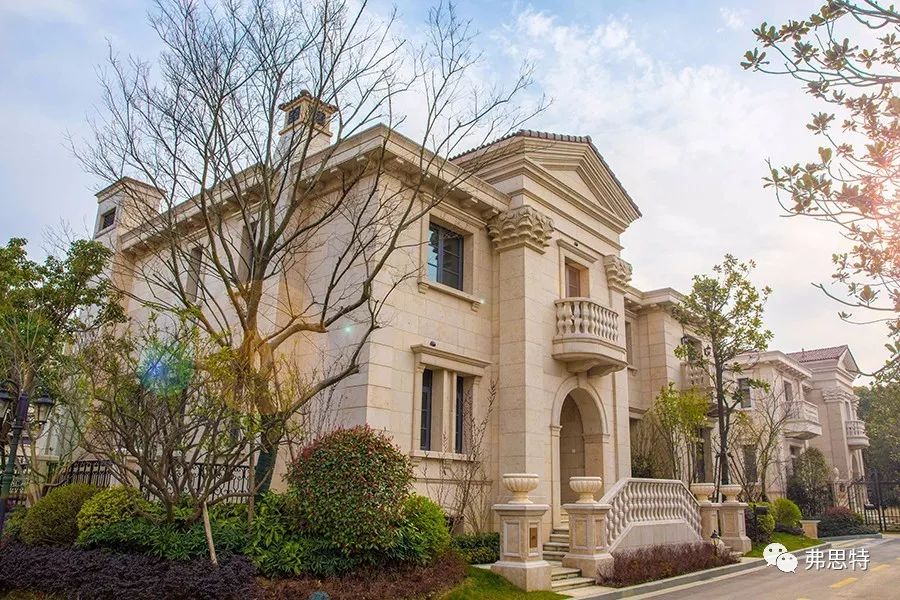
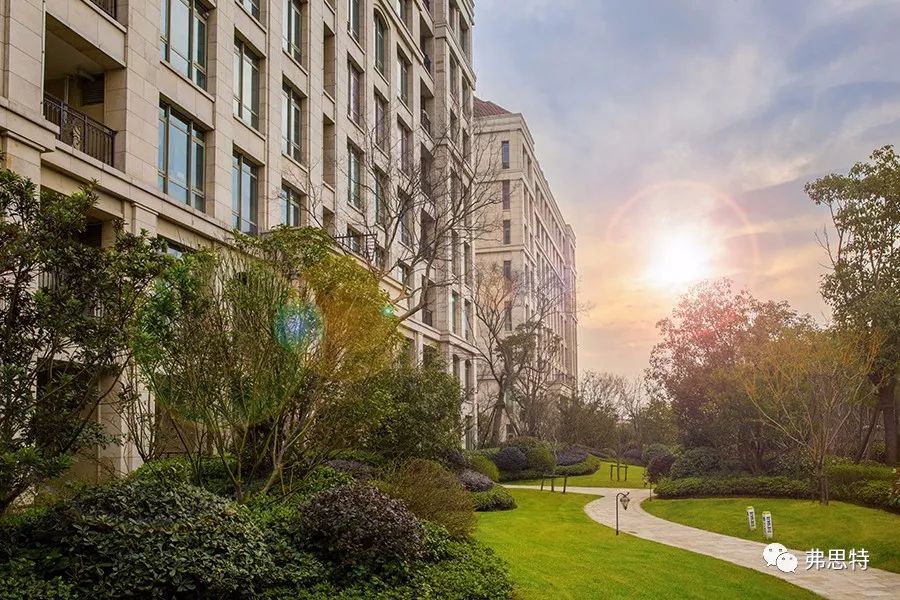
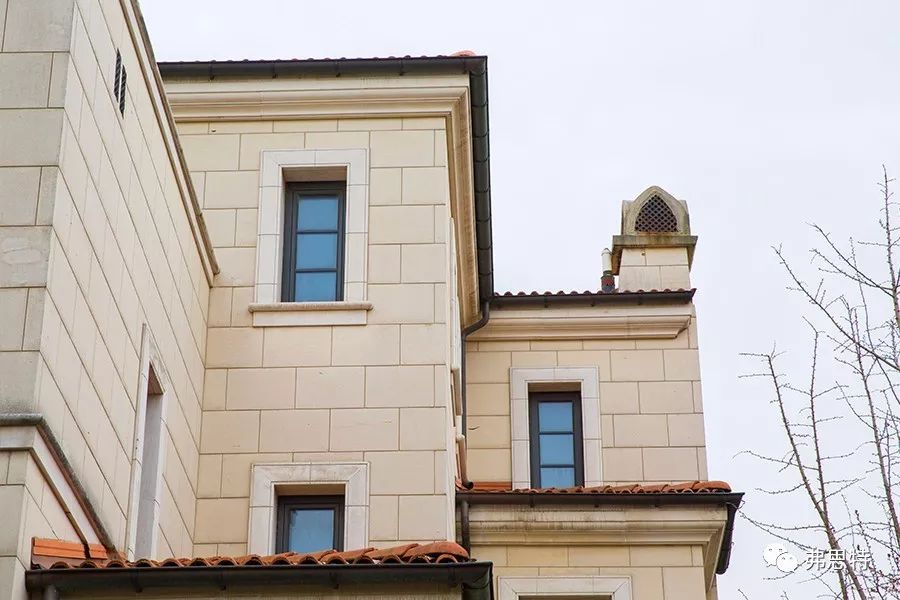
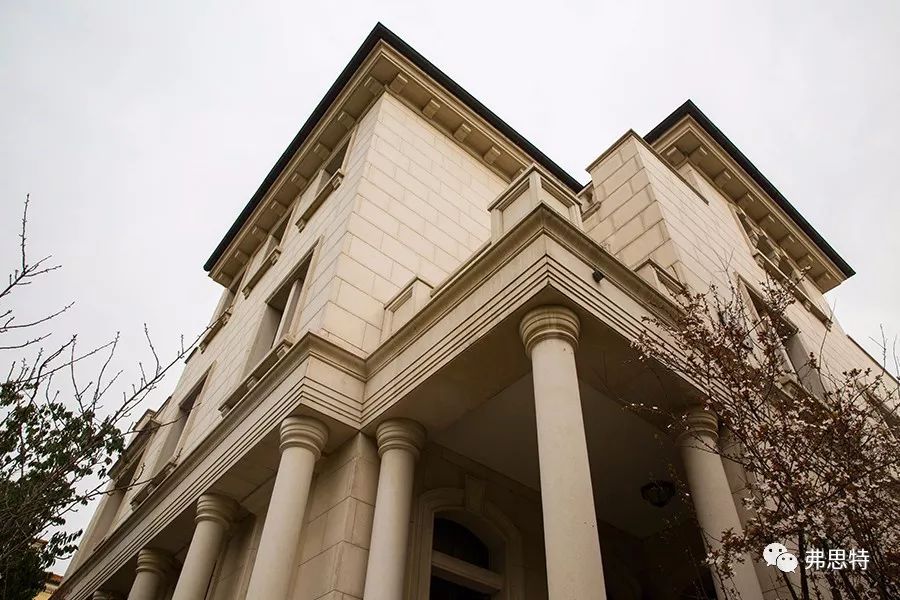
No.1 Guobin, Jinji Lake, Jiulongcang
In terms of decoration, sandstone is simple and elegant, rough and natural; The pattern changes strangely, like the tree rings and landscape paintings in nature; It is very elegant, warm, and luxurious, giving people a feeling of returning to nature and being close to the mountains. In addition, it has good compressive and wear-resistant properties, making it a top quality wall decoration variety.
In terms of environmental protection, sandstone is a kind of matte stone, which will not produce light pollution caused by light reflection, and is also a natural anti-skid material. Marble and granite are smooth stones, which are prone to light loss and dyeing.
Sandstone is zero radioactive stone, which is harmless to human body. Marble and granite have trace radioactivity, and long-term living in them will cause subtle harm to the human body. China's Limit of Radionuclides in Building Materials (GB6165-2001) clearly stipulates that the radioactivity of sandstone is not included in the scope of radioactivity testing, which is based on perennial monitoring and a large number of spot checks made in the preparation of standards.

Basic conditions for the use of travertine and sandstone in building curtain walls

When travertine and sandstone are used as panels for building curtain walls, they shall meet the requirements for technical indicators of physical properties of dry-hanging stone materials in the Dry-hanging Facing Building Stone and Fixing Metal Systems (JC830.1 ~ 830.2-2005), Natural Sandstone for Building Slabs (GBT 23452-2009) and Dry-hanging Facing Building Stone (GB/T 32834-2016):
Table 1-Technical Requirements for Physical Properties of Dry-hanging Stone (GB/T32834-2016)
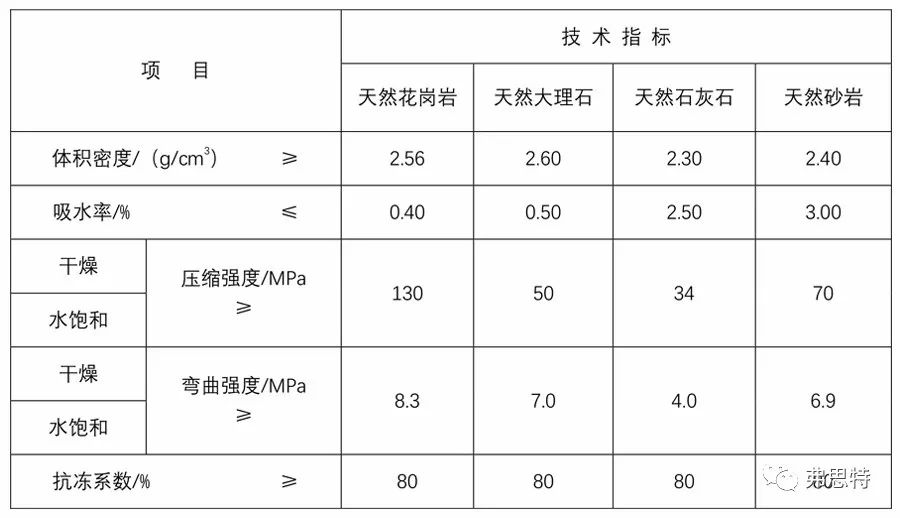
Table 2-Physical Properties of Natural Sandstone Building Panels (GBT23452-2009)
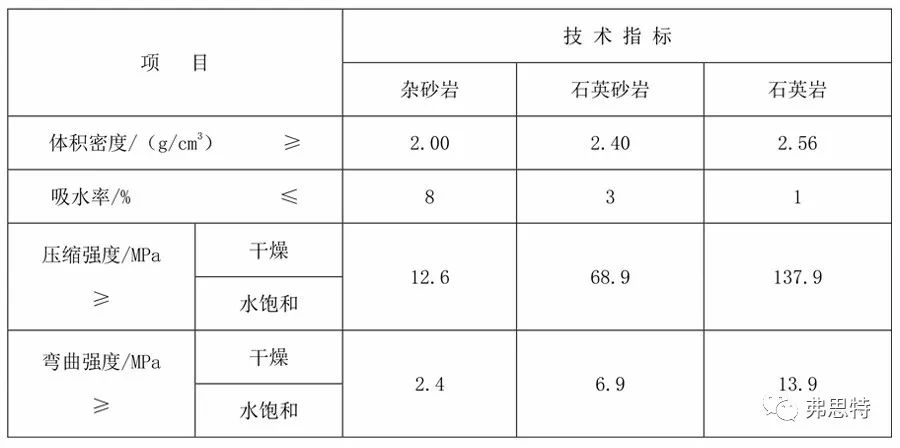
It can be seen from the table that the properties of cave stone and sandstone are relatively poor, and they are not ideal materials for building curtain walls. However, because of their unique texture and color effects, architects like to use them in stone curtain walls. If the cavern stone and sandstone are selected for the curtain wall project, it is a problem that must be treated carefully to ensure the safety and quality to the maximum extent, and it should be considered carefully before making a decision. First of all, technical demonstration and feasibility analysis should be carried out, and the material properties of the selected stone materials should be fully understood. The following requirements must be met for buildings that must use cave stone or sandstone:
1. Each batch of stone slabs used for curtain wall shall be subject to bending strength test, and the test value shall meet the following requirements: If the height of curtain wall does not exceed 80m, the average value of the test shall not be less than 5N/mm2, and the minimum value of the test shall not be less than 4N/mm2; If the curtain wall height exceeds 80m, the average test value shall not be less than 6N/mm2, and the minimum test value shall not be less than 4.5N/mm2. The stone slab with one-way stress shall meet the above requirements in the main stress direction; the stone slab with two-way stress shall meet the above requirements in both stress directions.
2. The slate shall not be mixed with weak stripes and weak veins. The pores of the cave stone should not be too dense, the diameter should not be greater than 3mm, and there should be no through holes.
3. The water absorption should not be greater than 6%, and should not be greater than 1% after the waterproof surface is coated.
4. The freeze-thaw coefficient shall not be less than 0.8 and shall not be less than 0.6.
5. The stone slab shall be free of cracks and shall not be broken, and the broken stone slab shall not be glued on the wall.
(Items 1, 2 and 5 are mainly for cave stones)

Basic material property test

Because the properties of cave stone and sandstone materials from different places are very different, the basic material property test should be carried out before determining the use of this kind of stone.
1. Bending strength test. Bending test pieces for cave stone and sandstone shall be able to represent different mining points of the selected mine. Generally, the number of test pieces shall not be less than 20. Each batch of stone at each mining point shall have a bending test report. Generally, there shall be no less than 10 test pieces for dry bending strength test and saturated bending strength test. Dry bending strength is the basic index of material properties, so the net stone specimen should be used in the test, and the reinforced layer and composite layer should not be covered.
2. The freeze-thaw coefficient determines whether the stone can be used in cold areas, so the freeze-thaw test should be carried out in the northern areas with negative temperature.
Stone and sandstone slabs can be applied to stone curtain wall engineering only after they pass the basic material property test and confirm that they meet the basic conditions for use.

Stone processing and protection

Stone is a natural product, which contains various natural chemicals. As long as the chemical properties of these natural chemicals are activated, decomposed or chemically changed under certain conditions, the surface of the stone will be damaged and the decorative effect of the stone will be affected. In addition, the stone is also very easy to be polluted by external substances, if its surface is not properly protected, the external dirt is very easy to invade into the outer surface and interior of the stone and make the stone ugly, thus reducing the ornamental value and decorative effect of the stone.
Stone processing and protection measures:
1. The cave stone panel shall be treated with double-sided secondary hole filling.
2. Glass fiber mesh cloth shall be applied on the back of the stone;
3. Stainless steel angle steel shall be pasted on both sides perpendicular to the texture of the cave stone panel. The following is the wind pressure test data of a certain project.
Table-3 Experimental Data of Cave Stone without Stainless Steel Angle Steel Reinforcement
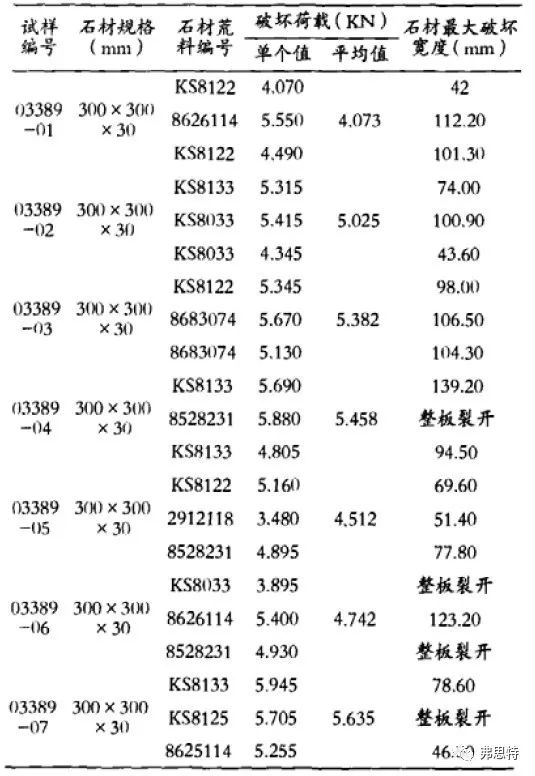
Table-4 Experimental Data of Cave Stone Pasted with Stainless Steel Angle Steel
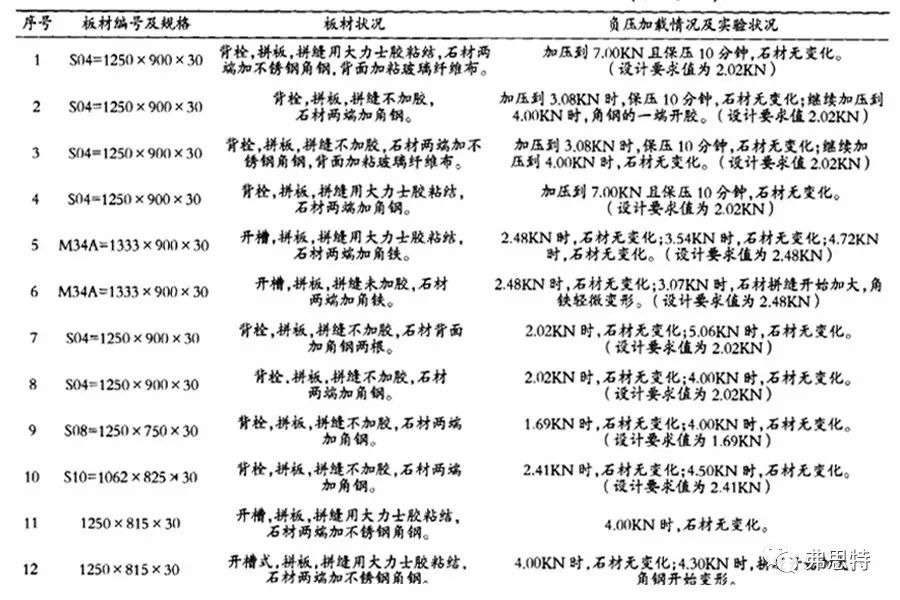
From the above test data, it can be seen that the wind pressure strength and safety factor of the stone panel are improved after the strength increase scheme is adopted and the stainless steel angle steel is pasted on both sides of the stone panel.
4. The stone shall be subject to six-side soaking waterproof treatment, and the waterproof coating shall be organic fluorine or organic silicon coating. By adopting the soaking method, the inside and the outside of the (sandstone) stone can be fully protected, and the defect of insufficient penetration can not occur like other methods. In all construction methods, only soaking can achieve the best protective effect, even if the sandstone surface is partially worn, the interior still has excellent waterproofness.
Waterproofing shall be carried out after all grooves and holes are processed, cleaned and dried. Compared with other stone protective products, the nano stone protective agent with super waterproof function has better waterproof effect on sandstone. After construction, the effect of lotus leaf water droplets is more obvious, and the drying time is faster. The water droplets on the stone surface are like rolling on the lotus leaf, so that the stone has a very good self-cleaning function (as shown in the figure below).
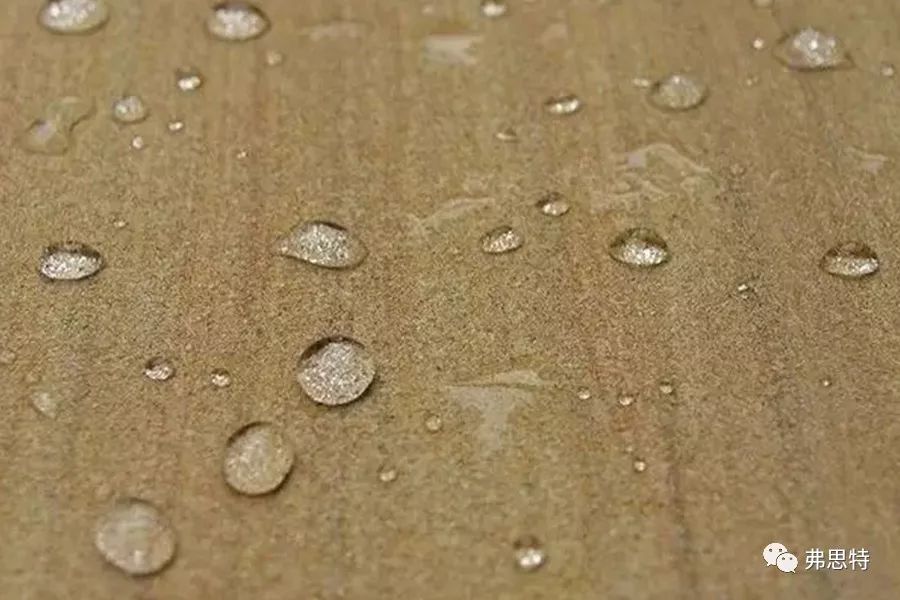
Water-based protection effect of wet plate
After waterproof treatment, the waterproof performance of cave stone and sandstone materials has been improved, but no matter what kind of waterproof material is used, its durability is not high, generally only 3-5 years, so regular maintenance must be carried out in the process of building use, and waterproof treatment must be done again.
5. Full layout. What attracts architects and developers to cave stone is not only its color and porosity characteristics, but also its texture characteristics to a greater extent. If the entire wall of a cave stone is patterned and arranged to achieve a harmonious overall color and natural transition of patterns, and the installation is ensured in the order of layout, it will have a vivid and animated artistic decoration effect, which is also the unique charm of the cave stone. Therefore, the most basic point to ensure the decorative effect in the cave stone curtain wall project is the overall layout. If the area is too large, segmented layout will be used, but it is necessary to ensure that there is also a good connection between the patterns and colors between each section. At the same time, it is required that the installation must be arranged according to the layout drawings and numbers, so as to ensure that it is installed on the building in the order of layout.
6. Select the appropriate connection structure. The selection of travertine connection structure shall be designed according to the material characteristics of the selected travertine. Whether the short groove or back bolt connection mode is adopted, the appropriate connection structure shall be selected according to the material characteristics of the selected travertine after the origin and variety of the travertine are determined, so as to effectively avoid the site construction damage and later maintenance difficulties caused by the mismatch between the connection structure and the material characteristics.
7. On-site repair. Due to the frequent occurrence of edge collapse and corner loss during the installation and transportation process of the cave stone panel, it is necessary for the stone supplier to send dedicated on-site personnel to repair it.
8. Flexible packaging during transportation. Cavern stone and sandstone are easy to be damaged. During transportation, unpacking and handling, foam pad or rubber pad shall be used to avoid damage of stone plate under stress.
After protective treatment, the protective agent penetrates into the stone to form a deep protective layer, so that the stone is protected from pollution and the stone pathological changes are prevented. The protective agent can play the roles of antifouling and waterproofing on the surface of the stone, and even if the stone is polluted, the dirt only floats on the surface, so that the stone is convenient to clean, and the surface of the stone does not have any color difference change and does not fall off. At the same time, it can prevent the occurrence of natural weathering, salt water corrosion and other phenomena of stone, and reduce the impact of climate on stone. Compared with ordinary stone, the service life of stone after protective treatment is doubled, and the protective agent makes the stone have good air permeability, will not weather or oxidize, and increases glossiness. By using special protective agents, the effect of enhancing or deepening the color of stone can also be achieved.

Epilogue

When sandstone and travertine are used for curtain wall construction, safety is of vital importance. It is necessary to fully understand the material properties of the selected stone, carefully design, minimize the size of the panel, and avoid using slender panels. Avoid hitting the stone slab during transportation and installation; Carefully install the panel; Strictly take reinforcement measures such as sticking glass fiber mesh cloth on the back of the panel, so as to ensure that there is no missing corner and edge collapse. Only when these factors are taken into account in the building curtain wall, can the cave stone and sandstone curtain wall show better decorative effect and achieve structural performance and safety in use.









